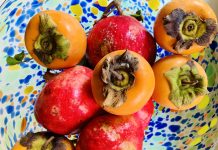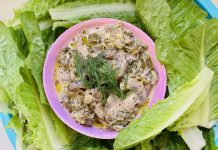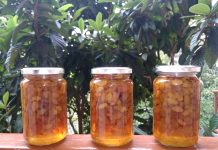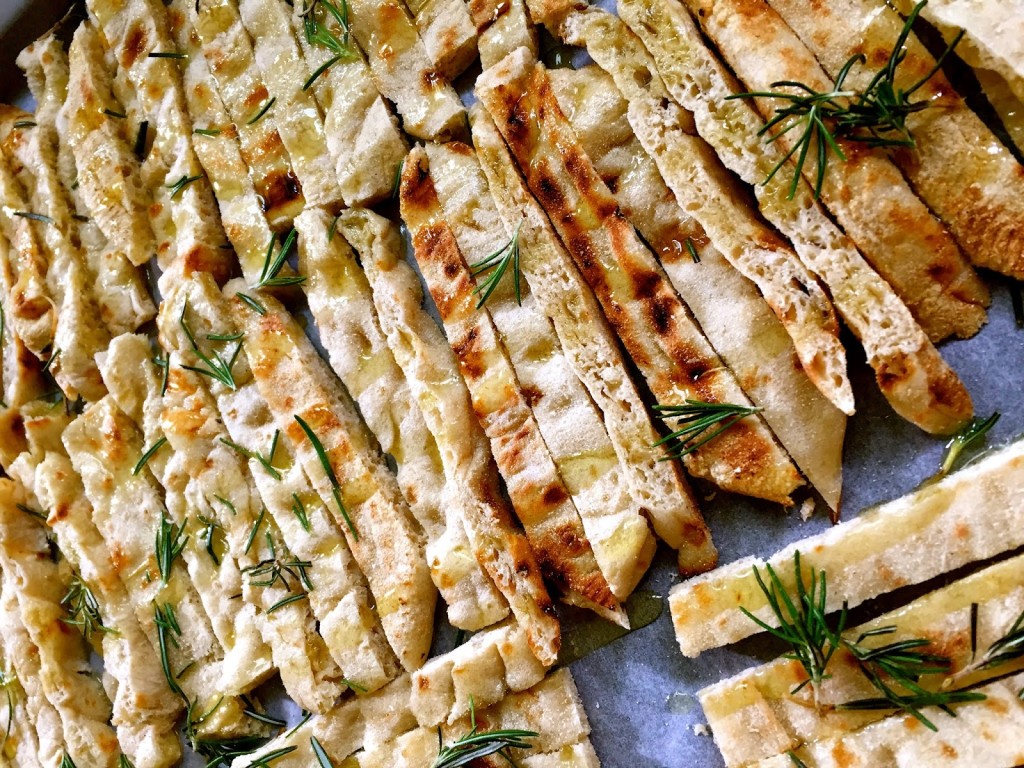- Fresh fyllo pastry (not frozen) for pittes of all kinds and pittakia (big and small pies). There are usually two kinds of ready-made fyllo, one thinner , opaque and silkier and a thicker , “country-style” fyllo which can hold heavier fillings like chicken and minced meat varieties. I use it to quickly roll some pittakia (mini fyllo rolls or triangles) with whatever is left in the refrigerator , anything, really, from ham and cheese to feta and herbs…
- Greek pitta bread . When a friend pops by for a beer or a glass of wine, I thinly slice some pitta bread , grill it and serve it with a fresh aromatic olive oil , sprinkled with rosemary and sea salt or serve it next to dips and salads. (It also looks pretty … in the bread basket!)
- Fresh free-range eggs for avgolemono, the velvety , lemony, creamy sauce unique to greek cuisine. And , therefore, some lemons too! I am lucky to have two huge lemon trees in my garden that my dad planted even before he built our house so my lemons rarely make it to the refrigerator, they are consumed from the tree to the plate…
- Village-sourced sausages for quick hearty omelets , added to pasta meat sauces or fried with a final lemon squeeze for an all-day tasty snack or ouzo meze. Although most of the greek sausage production is now commercialized, there are still a few home cooks that practice this old craft of sausage making that utilizes all meat from the animals of their farm.

- Feta in big chunks of course! And next to feta, also fresh cheeses from the Cycladic islands, made from goat or sheep’s milk and less often with cow milk. Ever tried the Mykonos the salty and intense kopanisti? Unforgettable!
- A bottle or two from the excellent greek white wine, rose or sparkling. Some beers from the greek micro-breweries that make excellent award-winning beers. I am spoiled , I admit even to using a shot of my best greek white wine when cooking a casserole. My favorite greek white wine? Anything from Santorini!
- Yesterday’s food since we tend to overcook (and over-photograph too) in this house. Most reheated dish straight from the refrigerator? Pastitsio by a long shot (the pasta dish made with yesterday’s sauce bolognese and topped with a delicious cheese beschamel sauce)! Easiest food to recycle? Keftedakia, the greek beef meatballs that we eat freshly fried one day and cooked in thick tomato sauce the next!
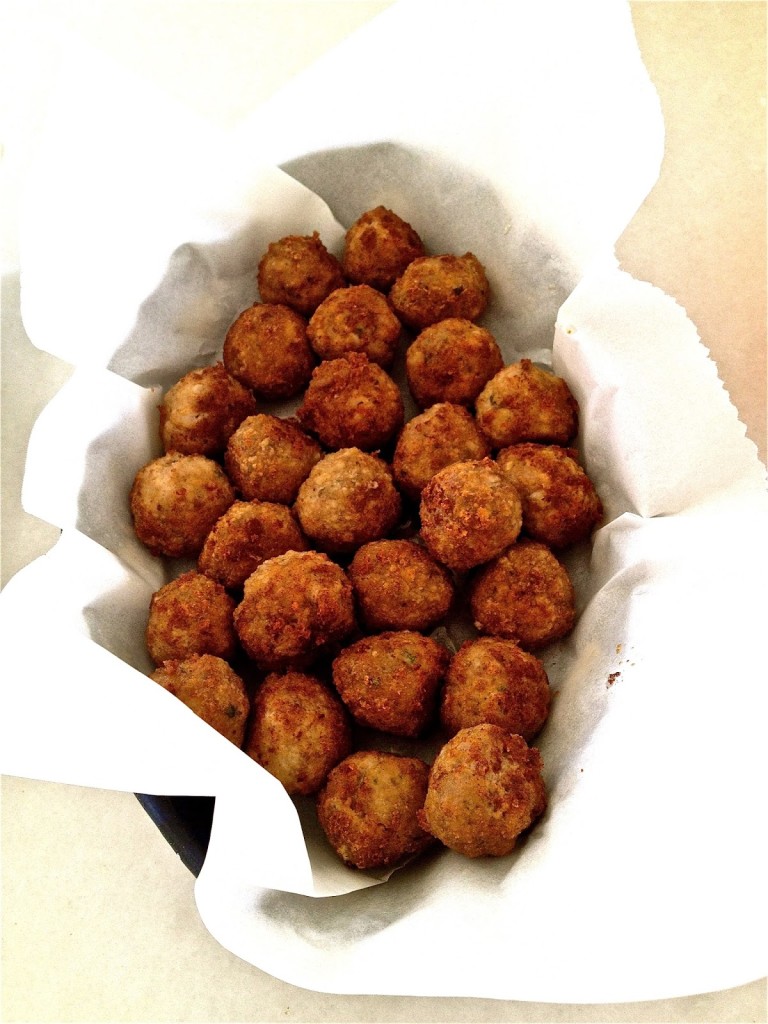
- Greek strained yoghurt to be used in sauces, dips, pies, cakes (instead of milk), or served with cereal or a home-made granola in the morning or just honey and walnuts as a snack all day through. Also added to smoothies and health drinks.
- Home-made marmalades, if not our own then from our moms and grandmothers or an ever increasing number of small entrepreneurs and a growing number of local women’s’ associations that use seasonal fruits in abundance from their own fields or from farmers’ markets to produce marmalades following either the traditional recipes and sometimes adding exotic touches like ginger and star anise for the new … globalized pallet .
- Capers that I collected for the first time last summer and pickled them in the easiest of ways with just lots of sea salt and vinegar. Capers are a must in the greek salad but also useful to add to a homemade salad dressing , in pasta dishes and meat sauces. Capers are in most of my sandwiches and salads, maybe because I pickled them myself…
- Kritamo, the rock samphire (Crithmum Maritimum). The salty wild green that grows on the rocks near the sea. We pickle it and add it to our salads and meze plates.
- Parsley and other aromatics such as fresh dill , mint, sage , fennel or purslane (only in the summer where it grows in the wild) for all salads and pies.
- But… never our tomatoes. Tomatoes, basically due to the high daily consumption are kept at room temperature ripening to perfection by the hour for a tasty tomato salad or a thick tomato sauce for a meat casserole.
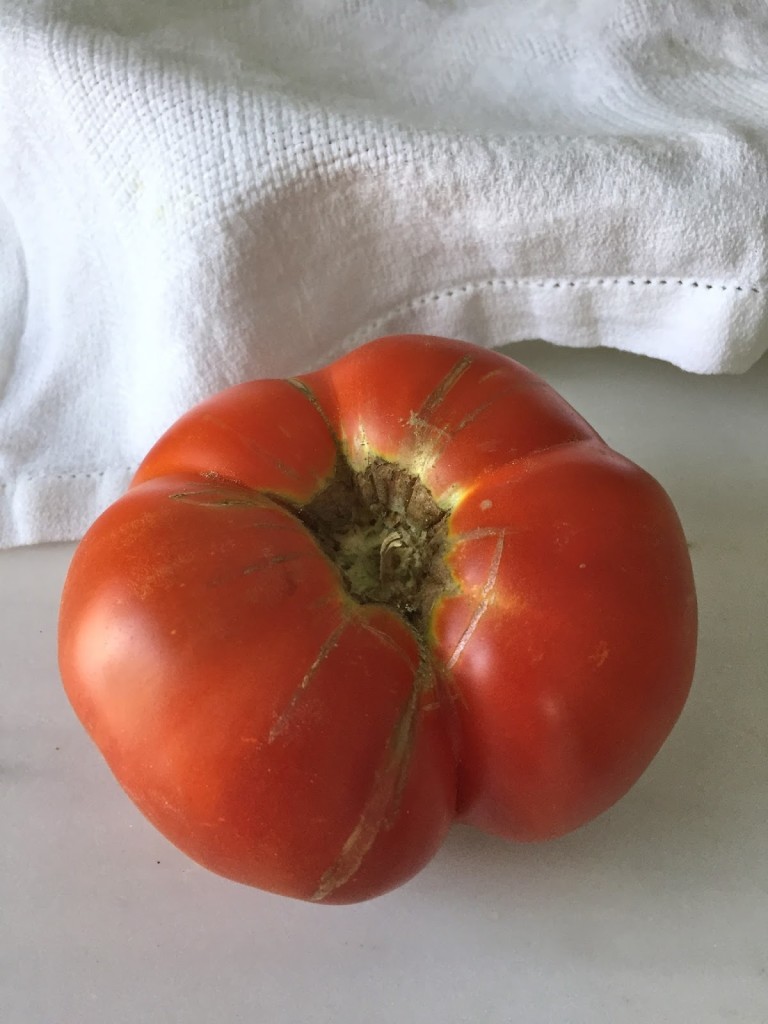
In the freezer
- Greeks keep rather few things in our freezers, we do not like to freeze left-overs but rather recycle them and use them next day. Neither are we traditionally huge fans of frozen ready- to- eat meals , definitely not me! I prefer my daily food freshly cooked.
- What is in my freezer? You may even find a whole … octopus that came as a gift from the island where my family and I spent our summer holidays and the hotel owner became a friend!
Or jars with lemon juice to use in our salads during the summer months when lemons are off-season , imported all the way from Argentina or Israel but tasteless , expensive and scarce to source locally. Greek islanders build special “houses” for their lemon trees, protected from the ferocious winds and the wild grazing goats. We cherish our lemons in Greece, they are omnipresent in our cooking… - Perhaps a … half lamb in portions that a relative offered or a home-made small vegetable pie for the odd day when we don’t make a fresh one!
- And mastiha liquer, for sure you will find that in the freezer. Mastiha is a drink to enjoy after a meal, it has a distinct anise flavor from the “tear” of a special pine tree that grows only on the island of Chios. refreshes and cleanses your palate.
- Minced beef or pieces of lamb for many of the greek dishes, from youvarlakia to moussaka.
- Did I forget the ready-made fyllo pastry? How could I? Many packets of silky greek fyllo pastry for our pies and desserts! Make sure you thaw it really well before using otherwise it will break and make your life a bit more difficult.
In the pantry
- Oh the greek pantry! A greek home’s safety-box in itself! Spontaneous as we are, greek foodies and bloggers alike, we like to keep our pantry full at all times – you never know who is coming over for dinner or how hungry we get or which post will need shooting next in our blog!
- You will find our good red wines here, from the area of Nemea in the Peloponnese or the xinomavro variety from Northern Greece.
- Our best olive oils, fresh ones for salad, more mature ones for cooking, all different varieties of it. We keep them in the shade, at cool temperature and in glass bottles, never in plastic containers , never near heat, never near intense odors- we learned all these from our moms . It is our precious greek olive oil, some say the best in the world. For us, good olive oil is a topic of conversation and some times our romanticized connection to the village life where we would all like to return to.
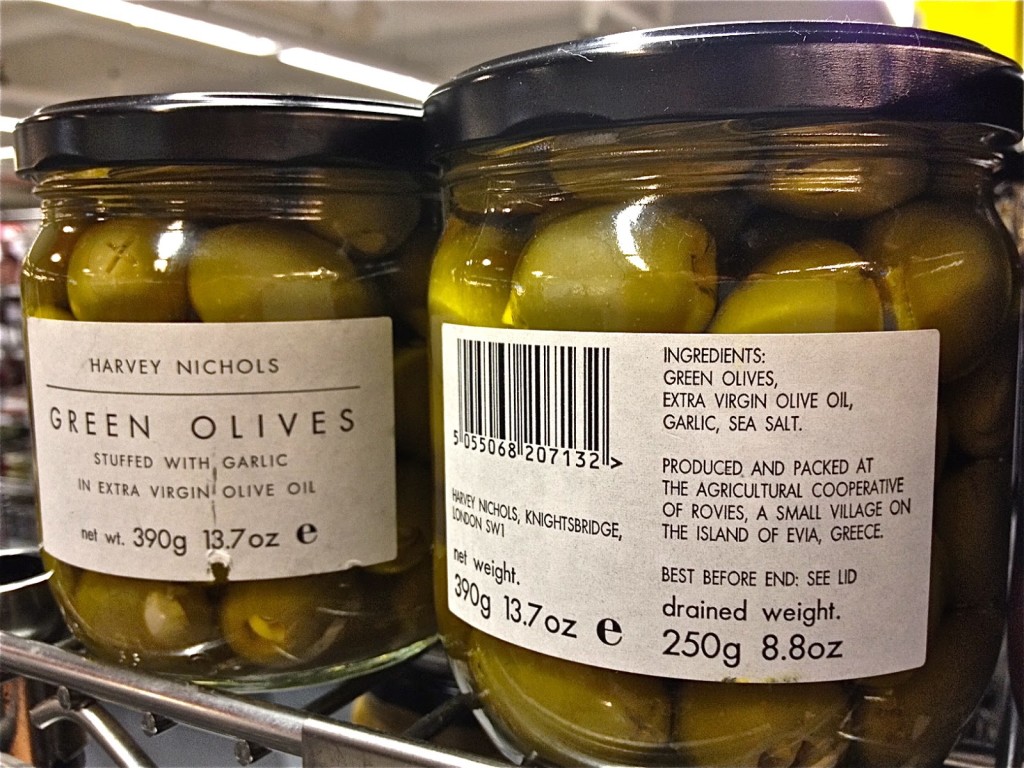 Delicious greek olives are exported to fancy delis around the world, like this ones here from the Agricultural Cooperative of Rovies, a small village on the island of Evia.
Delicious greek olives are exported to fancy delis around the world, like this ones here from the Agricultural Cooperative of Rovies, a small village on the island of Evia.- Tins with sardines and jarred anchovies. I love tinned fish , they are so easy to use in pizzas, bruschetta , pasta sauces or sandwiches.
- Our special vinegars are kept here too! I started recently to use an especially good vinegar in my cooking, fresh or aged to perfection from greek-grown grapes. Finally, we don’t have to carry in our suitcases good balsamic vinegar from Italy anymore, some wineries here produce fantastic vinegars here and age them to perfection! We use vinegar to marinate rabbit and chicken and prepare aromatic and special sauces for salads and dips. Aged balsamic vinegar is especially good when drizzled on top of a good vanilla ice cream, try it!
- Special home made pasta from “the village” . Whether it is hylopittes or trachanas or striftoudia , each pasta is perfectly combined with a special meat or vegetarian dish.
- Sea salt I collected from our summer holidays on the islands and now kept like gold in a jar. tasty and healthy in oh so many ways, forget the “dangerous effects” of the salt, sea salt is good for you and for your cooking!
- Tomato paste and whole tomato cans with those from the island of Santorini standing out with the taste they acquire from the volcanic flavor of its soil !
- Dried rosemary, thyme, sage and oregano . Hand picked and dried or bought from one of the many greek start-ups that have sprung the last years and come in oh so pretty glass vases, small carton tubes and mini cute parcels.
- Our mothers and grandmothers hand-written cookbooks. Tradition still keeps well in Greece and the gastronomic one too. Even if sometimes it appears in molecular form! The taste is there!
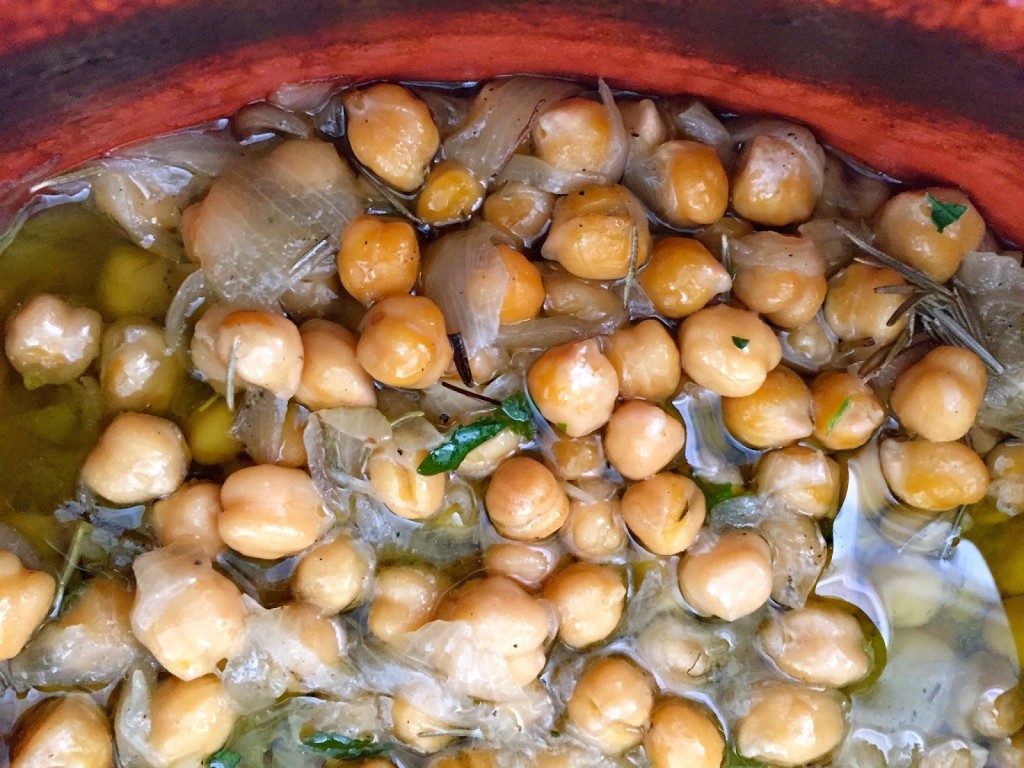
- Pulses , legumes. Many different kinds of local chickpeas, our famous Santorini yellow fava ( not to be mixed with the green fava beans, this is the yellow split fava beans) , brown small tasty lentils and beans of all sizes from ecological and biodynamic farms. The typical greek diet (that has inspired the famous mediterranean diet along with other south-european cuisines of course) suggests the consumption of legumes two-three times weekly! We have so many varieties to keep us going for months! Vegetarians rejoice.
- Dried mushrooms, porcini and others. Strange , you may think, but absolutely true! Great tasting porcini mushrooms grow in all of Greece and a lot is exported to Japan and Italy too! By the way, yes, we do have truffles too. Just saying…
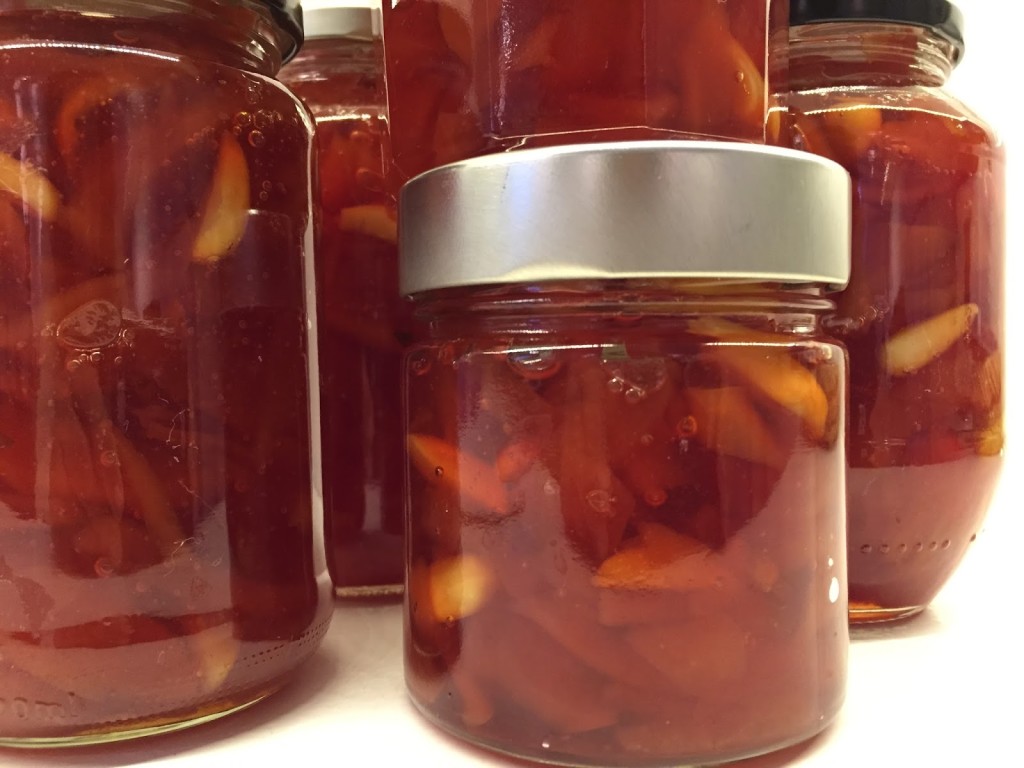
- Jars with amazingly colorful spoon desserts (as would be the accurate translation) in heavy syrup and made from boiling fresh seasonal fruits with equal amounts of sugar and adding lemon juice as a preservative. Orange peel, whole mandarines or watermelon, cherry tomatoes when they are their ripest, grapes and whole walnuts, figs and quince, melon and baby eggplants. Everything can be turned into a spoon dessert and with a glass of ice cold water be offered on a small plate to a guest or poured over the thick delicious greek yoghurt.
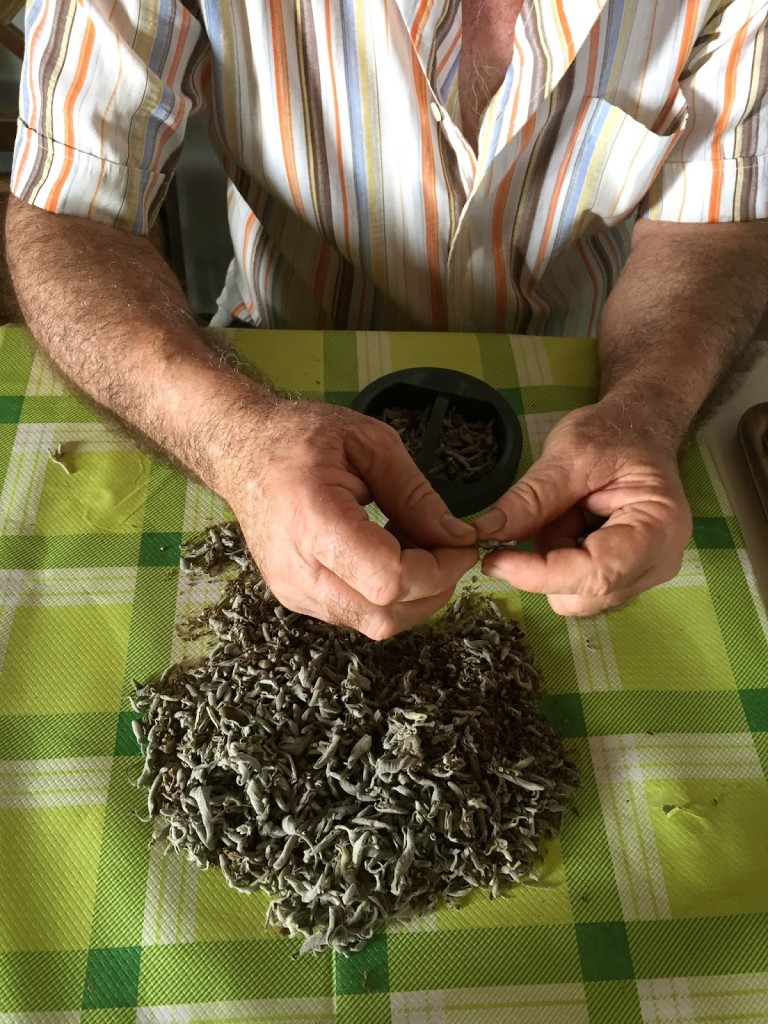 A local taverna owner in Apollonia, one of the Sifnos villages, collects his own herbs for his cooking from the nearby hills of the pretty Aegean island. He is not the only one…
A local taverna owner in Apollonia, one of the Sifnos villages, collects his own herbs for his cooking from the nearby hills of the pretty Aegean island. He is not the only one…
In the herb rack :
- Dried thyme and oregano, basil and sage, chamomile and nutmeg, mint, saffron, cinnamon sticks for meat sauces and cinnamon powder for desserts. Laurel leaves for lentil soups and dried rosemary for chicken in the oven. Sea salt , thick cooking salt and pepper corns. Our valuable and expensive saffron too , cultivated and collected in Northern Greece, is considered one of the most aromatic ones.
(to be continued…)





